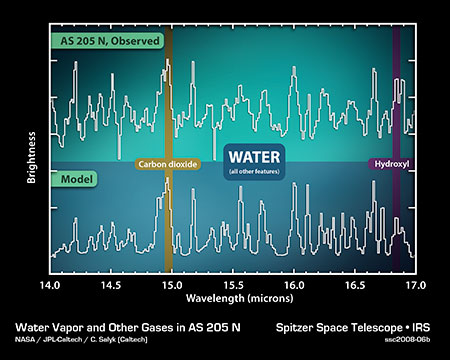In the historical development of spectroscopy, following the fundamental studies of crude spectra of sunlight by Isaac Newton in 1672, certain contributions and achievements are especially noteworthy. The significance of using a narrow slit instead of a pinhole or round aperture to produce spectra lines, each one an image of the slit and representing a different color or wavelength, was demonstrated independently by W. H. Wollaston in 1802 and by Joseph Fraunhofer in 1814. Fraunhofer made many subsequent contributions to optics and spectroscopy, including first observation of stellar spectra, discovery and construction of transmission diffraction gratings, first accurate measurements of wavelengths of the dark lines in the solar spectrum, and invention of the achromatic telescope. The origin of the dark Fraunhofer lines in the solar spectrum was accounted for by G. R. Kirchhoff in 1859 on the basis of absorption by the elements in the cooler Sun's atmosphere of the continuous spectrum emitted by the hotter interior of the Sun. See also: Astronomical spectroscopy; Diffraction grating; Fraunhofer lines; Spectroscopy; Spectrum; Sun

Further studies by Kirchhoff with R. Bunsen demonstrated the great utility of spectroscopy in chemical analysis. By systematically comparing the Sun's spectrum with flame or spark spectra of salts and metals, they made the first chemical analysis of the Sun's atmosphere. In 1861, while investigating alkali metal spectra, they discovered two new alkali metals, cesium and rubidium. These achievements by Kirchhoff and Bunsen provided tremendous stimulus to spectroscopic researches. See also: Analytical chemistry; Cesium; Rubidium
The adoption in 1910 of the first international standards of wavelength gave further impetus. These and later standards made possible the measurement of wavelengths of any electromagnetic radiation with unprecedented accuracy. Since then, remarkable developments in spectroscopy have occurred in instrumentation, achieved largely through advances in electronics and in manufacturing technology. Direct reading, automatic recording, improved sensitivity with good stability, simplicity of operation, and extended capabilities are features provided by many commercial instruments. Predictably, these developments, by facilitating widespread use of spectroscopic techniques, have had an enormous influence in promoting developments in both applied and theoretical spectroscopy. See also: Wavelength; Wavelength measurement; Wavelength standards





